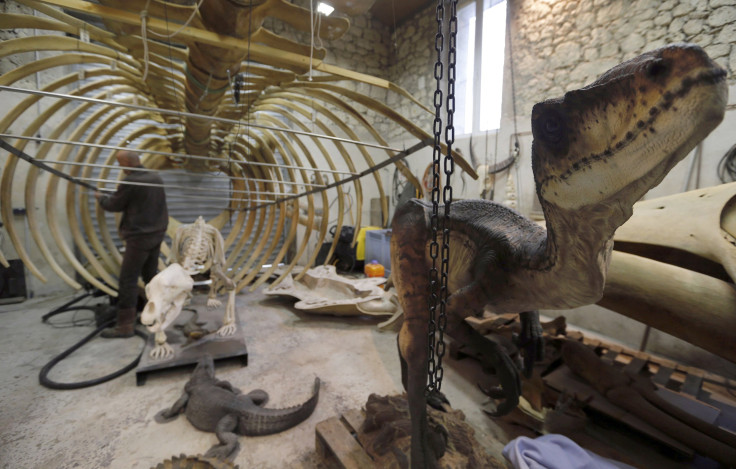UK Scientists Discover Voracious Zombie Worms ‘Annihilating’ Prehistoric Fossils

Osedax from bone-eating worm species was discovered to have thrived on the bones of ancient reptiles like sea turtles and plesiosaurs. More popularly known as the “zombie worm,” the creeping invertebrate is believed to have sprung approximately a hundred millions years ago.
The zombie worms were seen underneath the oceans as deep as 4,000 miles around the globe. To the family of Siboglinidae worms, they are astonishing members. As they grow, the Osedax worms are neither equipped with a digestive system nor a mouth.
But how they consume on the bones of their host is impressive — they capitalise on their root-like tendrils in ingesting the host’s lipids and collagen which are eventually converted into energy through the worm’s internal bacteria. They were known to be voracious scavengers which preyed on skeletons and the whole bones even before the latter could fossilise and thus, left burrows both on the bones and fossil records.
Scientists from Plymouth University, United Kingdom originally thought zombie worms evolved concurrently with whales during the primitive time and fed on the carcasses of huge marine reptiles. But the new discovery occurred when the Plymouth researchers were studying the plesiosaur fossils at Sedgwick Museum of Earth Sciences of University of Cambridge and sea turtle unearthed from Burham, Kent. Researchers found traces of Osedax — which measured the size of a finger — on said fossils. The zombie worms did not share the same beginning with whales.
According to the researchers, who used a three-dimensional computerised tomography scanner, the zombie worms loved the bones of whales, which gave the scientists the theory Osedax evolved synchronically with whales, but branched out from their cousins which utilised chemosynthesis in hunting for food. The instrument enabled the scientists to simulate the bones and discovered tell-tale cavities and bore holes consistent with the excavating technique of the zombie worms.
It was the opinion of Nicholas Higgs that their revelation was weighty. A researcher of Marine Institute, Higgs explained that what they learned from the research could provide immense understanding on how the zombie worms came to existence and their involvement with fossil records.
Previous excursions on deep sea resulted in the discovery of hundreds of new species having unique survival adaptation especially in extreme condition. But simultaneously, the same learning gave rise to important questions on their genesis and subsequently, their evolution.
“The unusual adaptations and striking beauty of Osedax worms encapsulate the alien nature of deep-sea life in public imagination. And our discovery shows that these bone-eating worms did not co-evolve with whales, but that they also devoured the skeletons of large marine reptiles that dominated oceans in the age of the dinosaurs. Osedax, therefore, prevented many skeletons from becoming fossilised, which might hamper our knowledge of these extinct leviathans,” Higgs was quoted by Irish Examiner.
For comments or feedback on the article, contact the writer at kizmet@ymail.com.





















